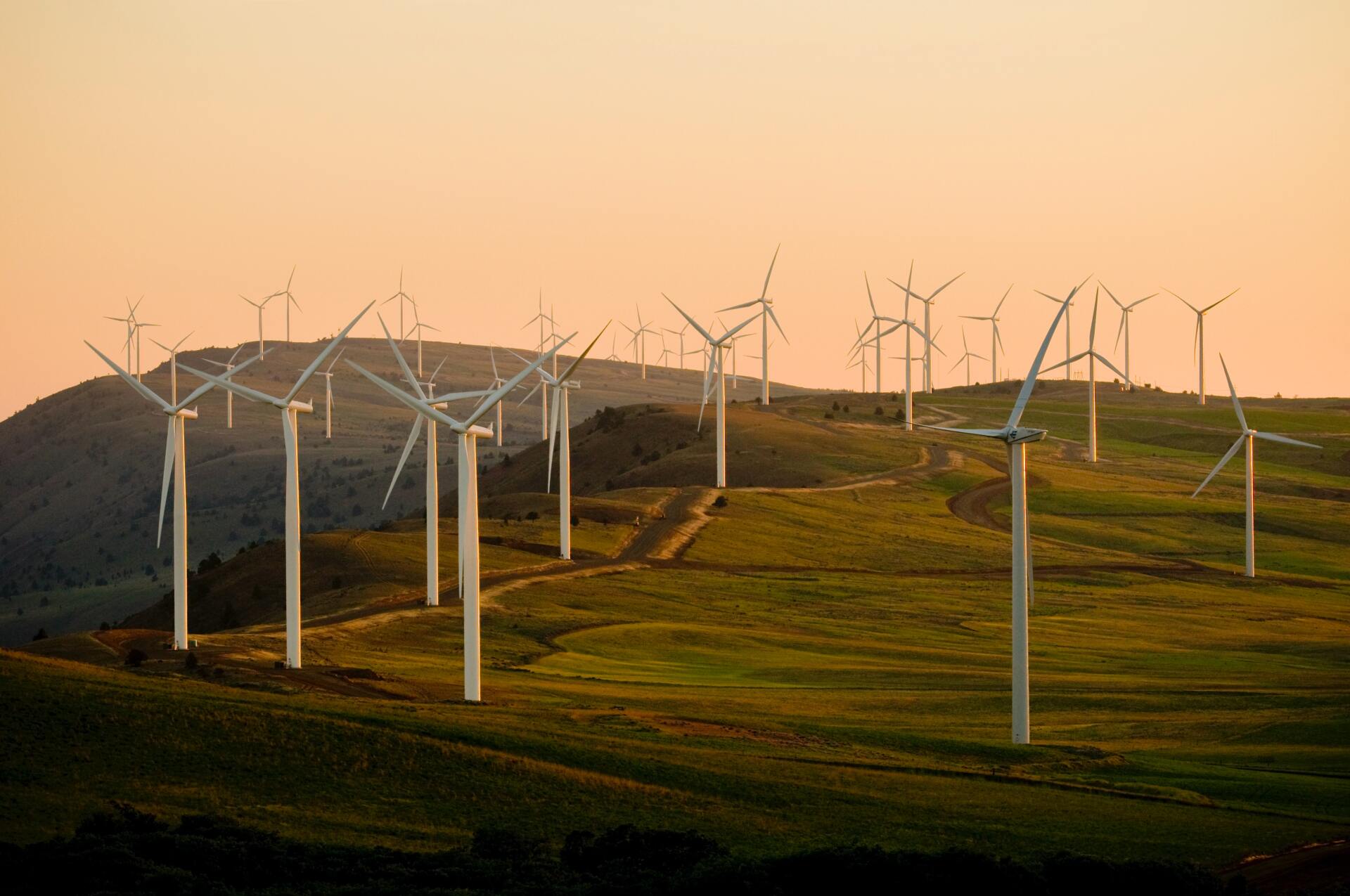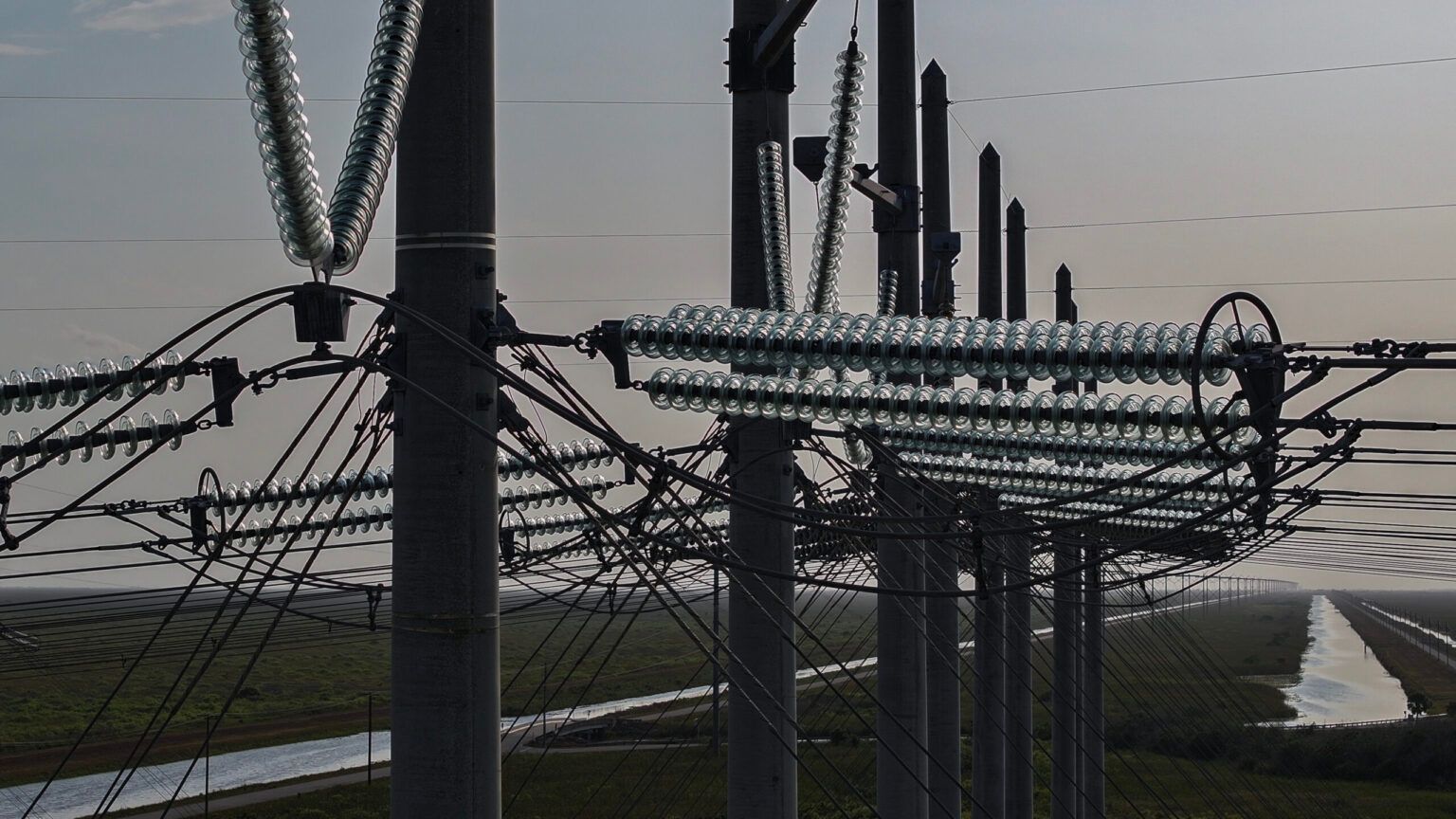Seasonal Energy Usage
The amount of electricity being used – called load – is affected by many factors, but mostly by temperature and time of day.
In winter and spring, electricity usage starts increasing in the morning around 5 a.m. People begin getting ready for work and school and, on a cold morning, turn the heat up, turn on the hot water or turn on the coffee maker. Multiply these actions by the millions of people PJM serves, and you can see why winter and spring load curves – the patterns of the ups and downs of electricity use through the day – quickly spike in the morning. In the winter, usage typically declines between 8 a.m. and 5 p.m. once buildings have warmed up and outside temperatures begin to rise. The degree to which the load decreases during this time depends on how sunny it is. If it is very sunny, the solar heat helps keep homes and businesses warm with less need to run heating equipment. On the other hand, very cloudy days do not provide this ambient heating. At 5 p.m., when people are getting home, there is another spike in energy use as lights and appliances are turned on at multiple homes and outside temperataures decrease as the sun sets. Load starts dropping off again when people power down to go to bed for the night.
In the summer and fall, electricity use increases gradually through the daytime as outside temperaures increase. The load peaks between 5 and 6 p.m. as people start getting home. Load starts dropping off as the sun and temperature go down because air conditioners are not running as often.


All Rights Reserved
Stay Connected
We will get back to you as soon as possible.
Please try again later.






